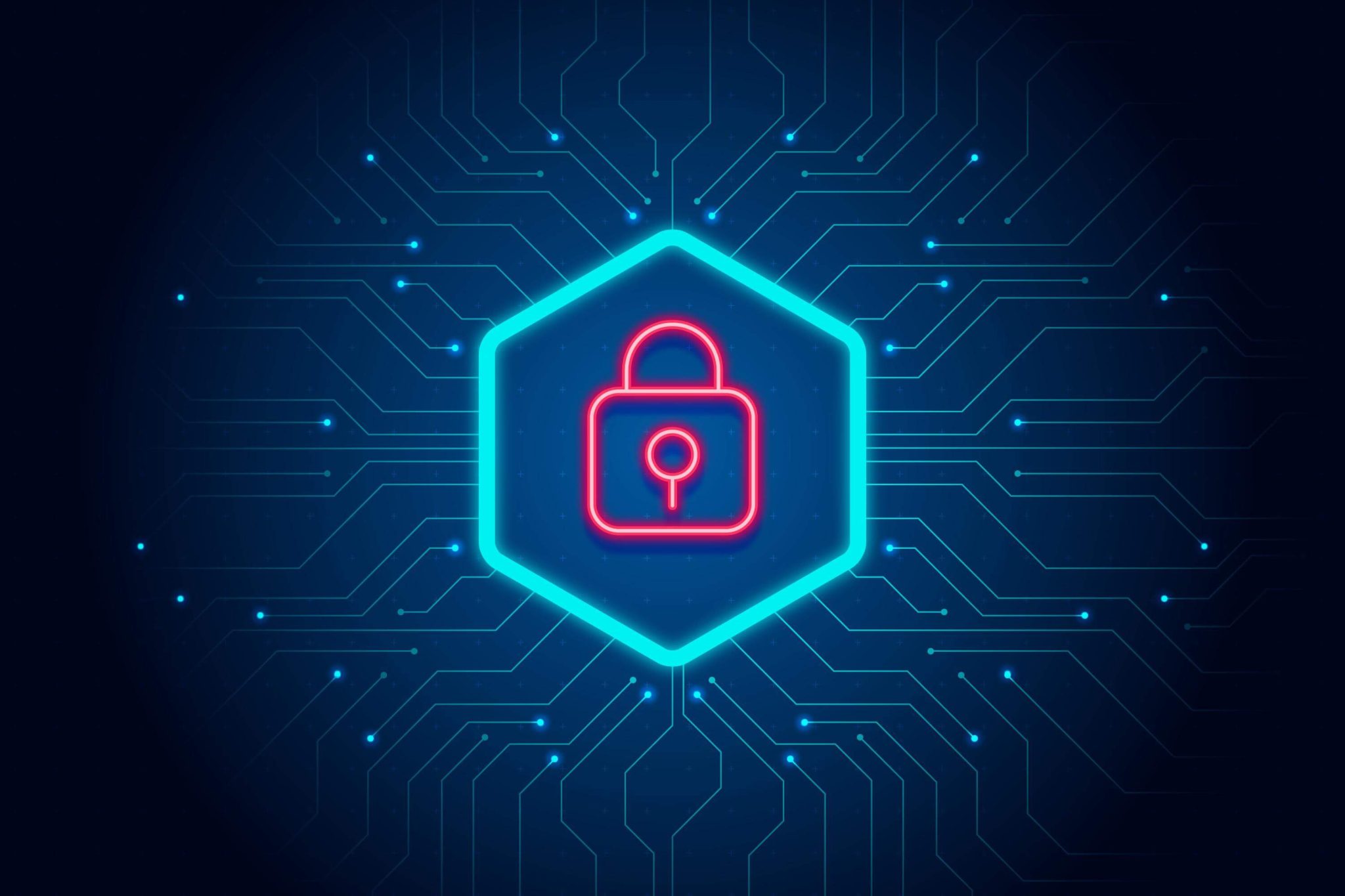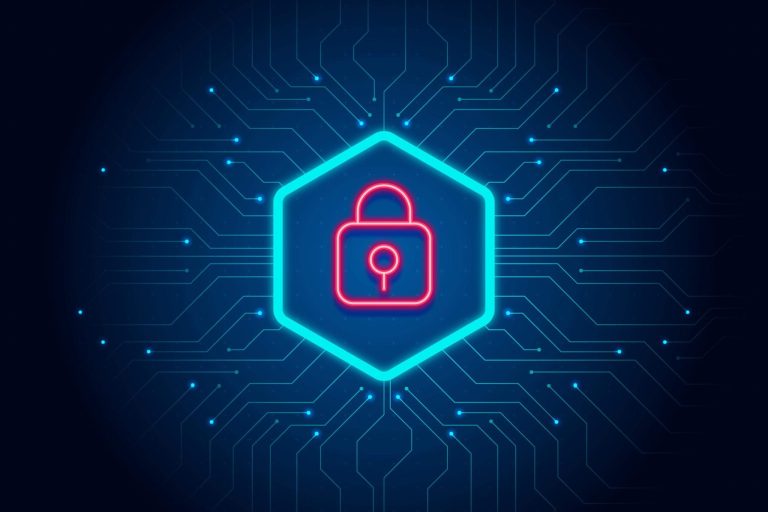What are the Benefits of Uptime Monitoring in 2024?
Uptime monitoring has become an indispensable tool for businesses in the modern digital landscape. With more companies relying on online infrastructure to conduct operations and provide services, even minor amounts of downtime can have major consequences. As we move into 2024, uptime monitoring is poised to become even more vital for ensuring business continuity and customer satisfaction.
In this comprehensive guide, we will examine the key benefits of uptime monitoring and how solutions like Network Notification can help your business avoid costly disruptions in 2024 and beyond.
Introduction
Uptime refers to the proportion of time a system, service or website is operational and accessible to users. Uptime monitoring services periodically check the availability of endpoints from various geographic locations. If an outage or service degradation is detected, these services can automatically notify technical personnel before customers or partners are impacted.
According to research, the average cost of an infrastructure failure is $100,000 per hour across all industries. For ecommerce companies, over 50% of customers will abandon a brand after just one negative experience. Given these potential consequences, it’s no surprise that the uptime monitoring market is projected to reach $3.5 billion by 2026.
With increasing dependence on digital channels and availability expectations from users, uptime monitoring has become indispensable. Let’s examine seven key benefits this technology will provide in 2024 and beyond:
1. Early Problem Detection
One of the biggest advantages of uptime monitoring is the ability to detect outages and performance issues as soon as they occur. Monitoring services check sites every 1-15 minutes from regions around the world. This frequent checking from multiple locations makes it possible to identify problems in real-time before they propagate and cause wider downtime.
With early detection, companies can troubleshoot and implement fixes faster to minimize disruption. This is especially important for transactional websites and essential enterprise infrastructure where every minute of downtime means lost revenue and productivity.
According to Gartner Research, proactive monitoring can reduce the cost of an outage by over 90% since issues get resolved before they escalate or impact customers. As application environments get more complex, early problem identification will become even more crucial in 2024 and beyond.
2. Faster Response and Resolution
Uptime monitoring services don’t just identify issues early – they also trigger automated alerts to notify admins and technicians immediately. This accelerates awareness, investigation, and remediation compared to relying on customer complaints or manual monitoring.
Most uptime monitoring platforms send notifications via email, SMS, phone calls, Slack, Discord, and other channels when outages occur. Teams can take corrective actions as soon as alerts are received on mobile devices without having to log into dashboards.
According to Aberdeen Group, businesses using monitoring automation recover from incidents on average 27 minutes faster than those that don’t. Speedier response translates to lower downtime impact and costs. With proactive uptime monitoring, resolution times are poised to shrink even further in 2024 as automation and telemetry data improve.
3. Improved Customer Experience
Unplanned downtime directly impacts customer experience – from site visitors getting 404 errors to transactions failing to complete. Uptime monitoring minimizes the customer impact of outages by enabling swift detection and correction.
Solutions like Network Notification also monitor backend infrastructure like databases, APIs and servers that support customer-facing applications. By identifying issues before they propagate to external endpoints, service quality and uptime remains consistently high for users.
Monitoring-driven uptime improvements build positive customer perceptions and loyalty over the long-term. According to Ponemon Institute, 72% of customers surveyed said they viewed brands more favorably when provided proactive notifications and updates during service disruptions.
As user expectations evolve in 2024, uptime monitoring will be crucial for delighting customers and getting ahead of complaints.
4. Compliance and Reputation Protection
For regulated industries like finance and healthcare, infrastructure downtime can also lead to stiff penalties, lawsuits and damaged reputations. Uptime monitoring helps mitigate these compliance risks.
By providing audit trails and real-time visibility, monitoring demonstrates due diligence and that issues are resolved promptly. Tools like Network Notification also deliver reports with comprehensive uptime metrics and history that can be furnished during audits or investigations.
Major outages at leading brands make headlines even today. As users get more unforgiving of downtime, monitoring will be key for maintaining reputation and public trust in 2024 among fickle users spoilt for choice.
5. Optimized Infrastructure Costs
When downtime is frequent, admins often over-provision infrastructure capacity as a stopgap. Uptime monitoring helps right-size infrastructure by identifying capacity gaps and weaknesses before they morph into outages.
By correlating monitoring data with costs, businesses can optimize infrastructure and hosting expense. Rarely used resources can be scaled back while adding capacity where needed. This leads to sizable cost savings over the long run.
According to IDC Research, infrastructure monitoring helped organizations reduce costs by an average of 25% due to better visibility and right-sizing. With cloud complexity and costs increasing yearly, the cost optimization benefits of uptime monitoring will compound further in 2024.
6. Improved Team Collaboration
Modern web and mobile applications often have complex architectures spanning different systems, technologies and ownership teams. Uptime monitoring centralized visibility and automates information sharing across these disparate groups.
When issues get detected, the right teams are notified automatically based on on-call schedules and escalation policies. This eliminates redundant paging of multiple groups. Monitoring data is also shared transparently through widgets on dashboards, TV display boards and collaboration apps like Slack.
According to BMC, 72% of IT teams rely on monitoring for improving coordination and making teams more self-sufficient. Better collaboration ensures problems get routed to the appropriate owners faster for quicker resolutions.
7. Proactive Maintenance and Planning
While not obvious at first glance, uptime monitoring data is tremendously useful for maintenance and capacity planning. Historical metrics shine a light on usage patterns, load spikes and troughs, infrastructure weak points and events leading up to failures.
Analyzing this information enables administrators to schedule preventative maintenance during periods of low traffic. Upgrades and patches can also be rolled out gradually to minimize downtime risks from changing too much.
On the capacity planning side, uptime monitoring helps predict when current infrastructure will reach its limits. This information is invaluable for budgeting, procuring and deploying additional resources proactively before bottlenecks arise.
According to SolarWinds, 75% of IT professionals surveyed leverage monitoring data for planning and forecasting purposes even as their top priority remains issue resolution. The long term planning value of monitoring will make it indispensable in 2024 and beyond.
Key Features of a Robust Uptime Monitoring Service
Now that we’ve examined the multifaceted benefits of uptime monitoring, let’s look at key features to look for when choosing a solution:
- Comprehensive coverage – The best monitoring services check websites, back-end infrastructure, databases, certificates, network ports and more from global regions. This breadth of coverage is crucial for detecting outages consistently and early.
- Configurable monitoring intervals – While most providers offer 1-minute default checks, configurable intervals give flexibility based on endpoint criticality. Faster checks on business-critical assets provide real-time problem visibility.
- Multiple alert channels – SMS, email, Slack, voice calls give ample options to notify relevant parties during incidents. Integration with leading ITSM tools like PagerDuty takes alerting to the next level for enterprises.
- Customizable uptime reports – Reports that can be tailored with different time ranges, uptime metrics and historical comparisons provide audit-grade outage documentation and planning data.
- APIs and integrations – Integrations with cloud platforms like AWS as well as robust APIs make it easy to automate monitoring and ingest telemetry data from other systems.
- Affordable plans – Reasonably priced monitoring plans starting at $19.99/month and features allow usage flexibility from small businesses to large enterprises.
Network Notification – Effective and Affordable Uptime Monitoring
Network Notification checks websites, servers, and other critical endpoints at user-configurable intervals starting at 1 minute. When outages strike, alerts are sent instantly via call, text, email, Slack, Discord, Telegram and other modes.
The solution also offers advanced capabilities like port monitoring, DSN Record Monitoring, and custom status pages for full-fledged monitoring. With plans starting at $19.99/month for most businesses. Network Notification provides enterprise-grade functionality at SMB-friendly pricing.
Businesses leveraging Network Notification can benefit from:
Rapid Time-to-Value – Intuitive and automated setup gets monitoring operational in minutes without extensive configurations. Useful default settings apply out-of-the-box for most use cases.
Business Uptime Protection – With continuous around the clock monitoring, outages are detected almost immediately before customers are impacted. Maintenance windows also simplify planned downtime coordination via status pages.
Operational Efficiency – By sharing monitoring data across tools and teams and integrating with existing workflows, Network Notification enhances collaboration and issue resolution velocity.
Affordable Plans – The plans start at just $19.99 per month and it’s suitable for most businesses.
Signup now to start monitoring your websites with Network Notifications!



